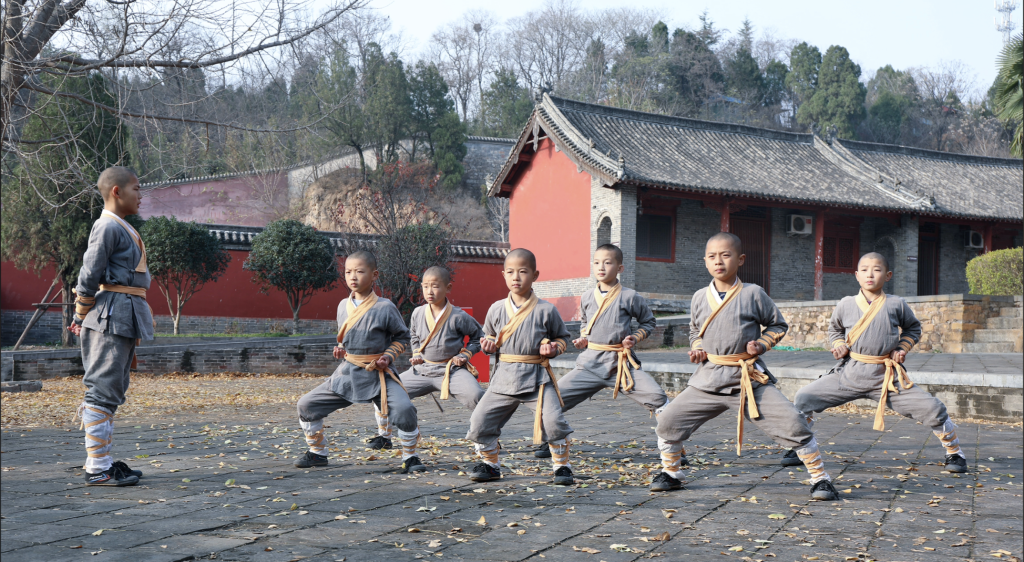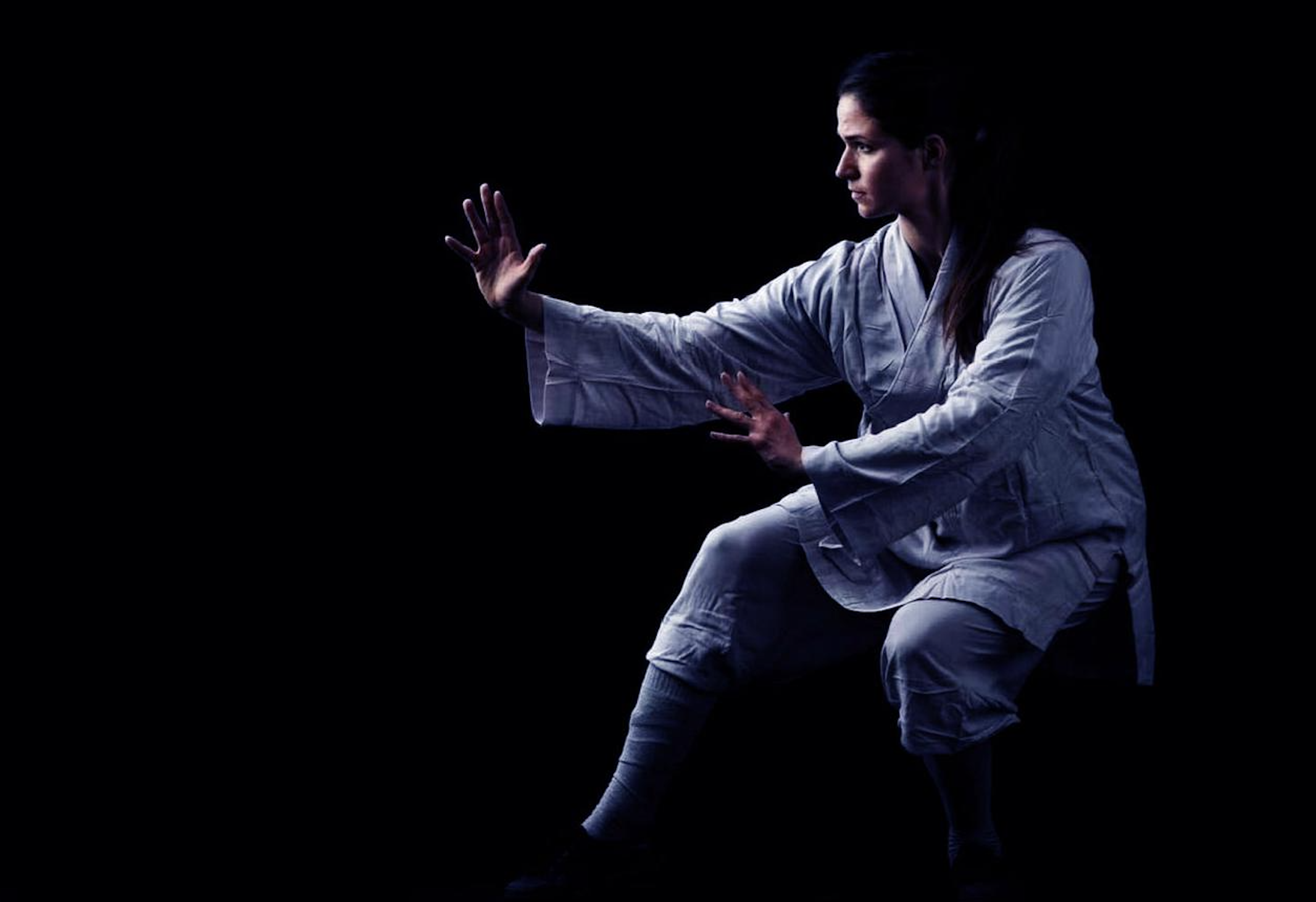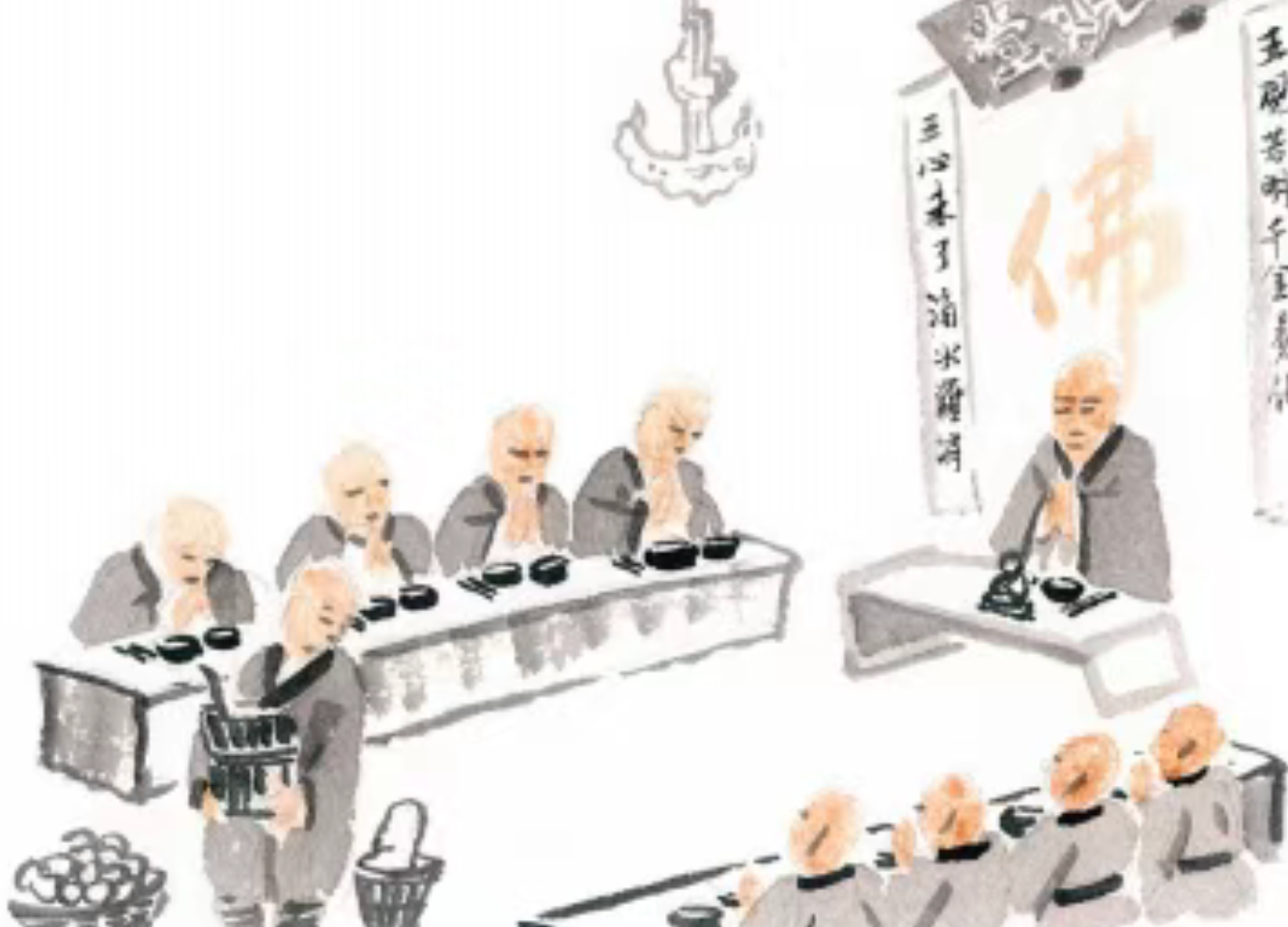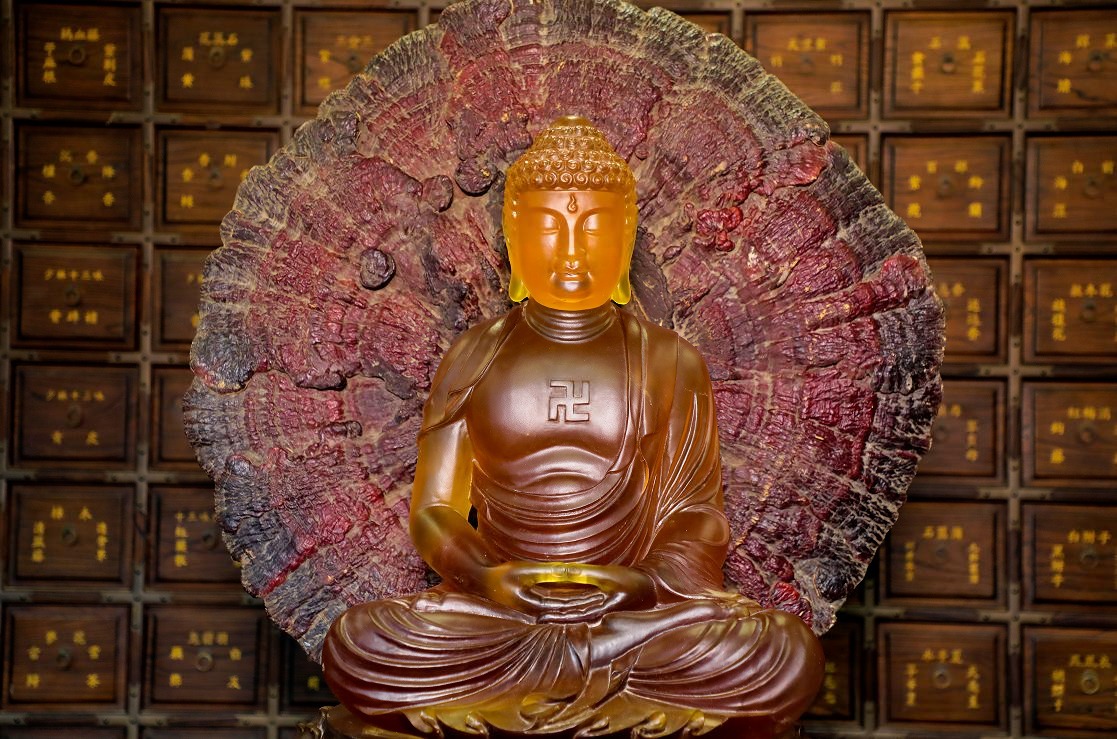
Shaolin Cultural Symbols in Contemporary Art
An analysis of how Shaolin elements—such as Kung Fu and Zen wisdom—are reinterpreted in modern art forms like film, dance, and painting.
Drawing from the dialectical relationship between “tradition and innovation,” this discussion explores the artistic expression of Shaolin culture in a globalized context.
Shaolin in Modern Artistic Expression
The essence of Shaolin—rooted in Chan Wu (Zen Martial Arts) and spiritual discipline—has transcended its monastic origins to inspire global creativity. Below are key manifestations:
1. Cinema: The Kung Fu Narrative
- Iconic Films:
- Shaolin Temple (1982) introduced authentic Shaolin Kung Fu to the world, blending martial arts with Buddhist ethics (e.g., non-violence as the highest skill).
- Hollywood adaptations (e.g., Kung Fu Panda) embed Shaolin philosophy—such as perseverance (Virya) and inner peace—into animated storytelling.
- Symbolism:
- The Shan Men (Mountain Gate) often appears as a metaphor for spiritual thresholds.
- Fight choreography mirrors Zen koans: action as meditation.
2. Dance: Movement as Enlightenment
- Contemporary Performances:
- Works like “The Monk and the Warrior” fuse ballet with Shaolin stances, embodying the paradox of grace and strength.
- Butoh dancers adopt the seated meditation posture (Zazen) to explore stillness in motion.
- Philosophical Threads:
- The dancer’s breath aligns with Qi flow, echoing Shaolin’s Yijin Jing (Muscle-Tendon Change Classic).
3. Visual Arts: Brushstrokes of Zen
- Ink Paintings:
- Artists like Xu Bing use calligraphic emptiness to evoke Sunyata (emptiness), a core Buddhist tenet.
- The Kinnara King, a guardian deity in Shaolin iconography, resurfaces in surrealist art as a symbol of duality.
- Installations:
- Replicas of the Compound Yard of Shaolin Temple in galleries explore sacred space in secular contexts.
Tradition vs. Innovation: A Zen Paradox
The book The Art of Transformation argues:
“To preserve tradition, one must let it breathe in new forms.”
Case Studies:
- ”Digital Thangka” Projects: Animated depictions of Samsara cycles merge ancient scripture with VR technology.
- Shaolin Games (考功): Modern competitions reframe martial arts as performance art, judged on Duanpin (grading) aesthetics.
Critics debate whether globalization dilutes Shaolin’s essence. Yet, as the Diamond Sutra teaches:
“All conditioned phenomena are like dreams, illusions, bubbles, shadows.”
Artistic reinterpretation, then, becomes another form of Upaya (skillful means)—guiding new audiences toward Dharma.
Global Collaborations
- Shaolin Europe Association sponsors street art festivals where graffiti depicts Bodhidharma’s wall-gazing.
- Kung Fu Star programs train dancers in Eighteen Arhat Techniques, bridging stages and temples.
Conclusion: The Unbroken Thread
From Zhang Yimou’s operatic spectacles to Marina Abramović’s endurance pieces, Shaolin’s legacy endures not through rigidity, but adaptability—proving that Zen has no form, yet fills all forms.
As the Lotus Sutra proclaims:
“The Dharma is neither lost nor found;
It waits in the artist’s hand.”
Amitabha.



